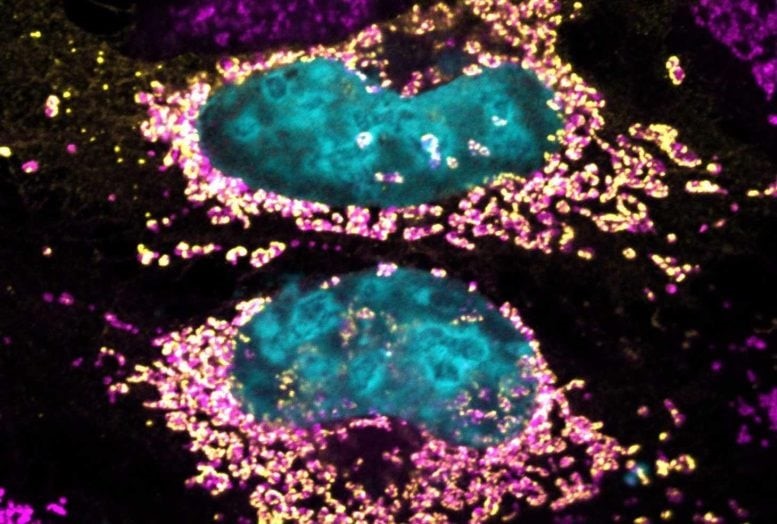Free Courses Sale ends Soon, Get It Now


Free Courses Sale ends Soon, Get It Now



Disclaimer: Copyright infringement not intended.
Context
Details
C.burnetii's Strategies for Cell Survival
Implications for Disease and Therapeutics
Introduction to Proteins
Protein Structure:
Functions of Proteins:
Proteins in Disease and Medicine:
Introduction to Bacteria
Bacterial Cell Structure:
Bacterial Metabolism:
Bacteria in Human Health:
Biotechnological Applications:
Conclusion
As science unravels the mysteries of cellular signaling, programmed cell death, and mitochondrial function through the lens of C. burnetii, the prospect of innovative treatments for a spectrum of diseases becomes increasingly tangible.
|
PRACTICE QUESTION Q. While many bacteria are beneficial, some are pathogens causing diseases. Understanding bacterial pathogenesis is crucial for developing strategies to combat infections. Discuss. (250 Words) |
© 2024 iasgyan. All right reserved